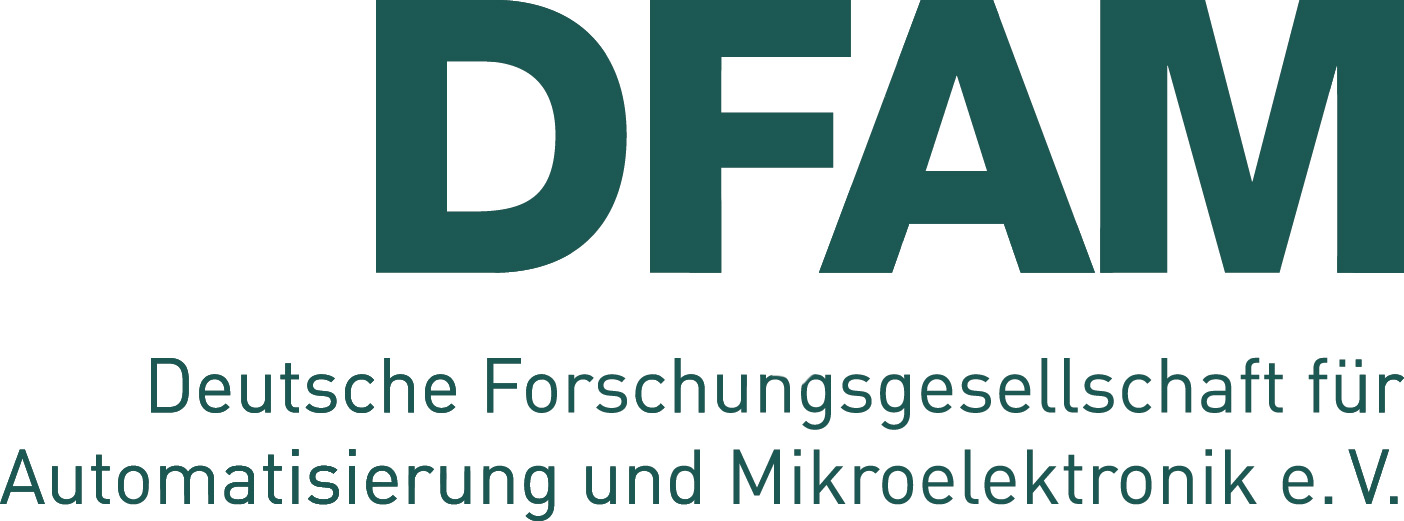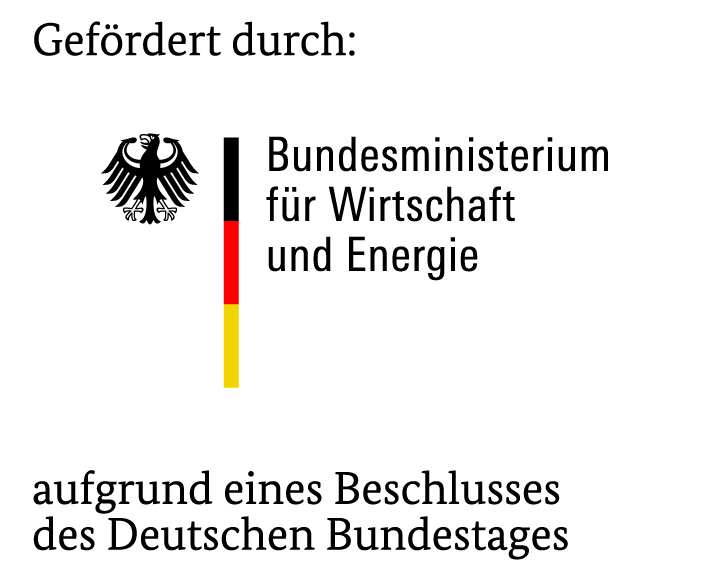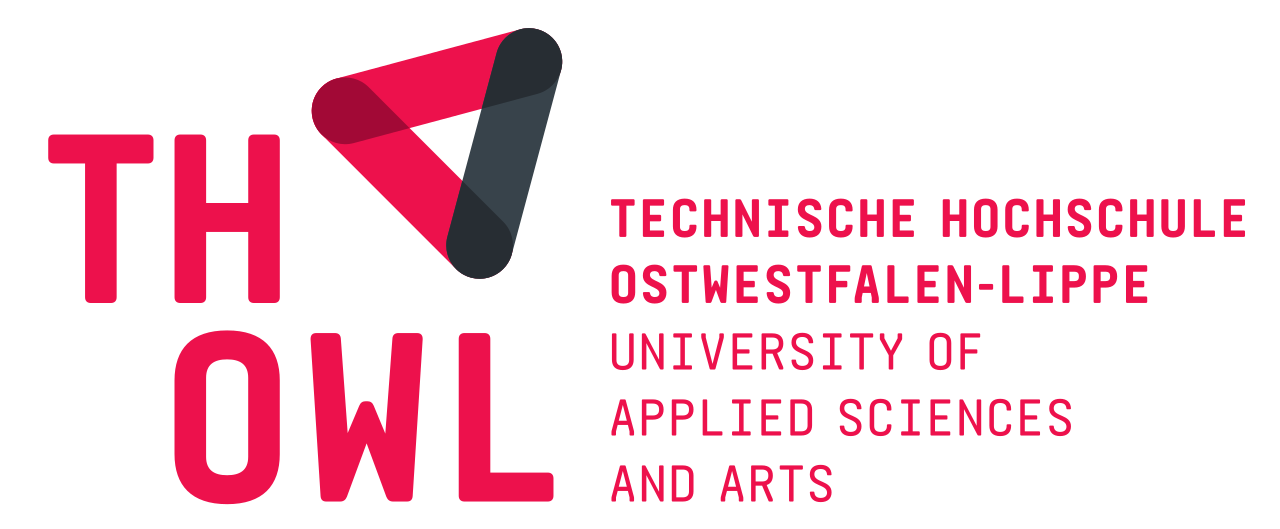Welcome to the web presence of the BMWi project "Visible Light in Production" (BMWi/AiF No.: 20168 N) - a joint industrial research of the German Research Association for Automation and Microelectronics. (DFAM). Here you will find information about the project as well as current event information and contact persons.
Project: Visible Light in production




- 03.09.2018: Kick-Off of the VLiP project successfully launched
- 18.09.2018: Survey online on industrial requirements for VLC. Your participation is requested: Interested parties Contact daniel.schneider@iosb-ina.fraunhofer.de
About the project
In both our professional and private lives, we are familiar with the advantages of wireless connections - whether Bluetooth or WLAN. We have long since become accustomed to the convenience of receiving and sending content while moving freely. In industrial production, there are many components that cannot run a cable because they move (e.g., robots, automated guided vehicles, conveyors, drones, sensors and more). Today, however, there are some major problems with traditional wireless communications in the manufacturing environment: WLAN and Bluetooth offer limited bandwidth. In a domestic environment, this is not a problem, as there are a manageable number of devices. In a production environment, on the other hand, there are quickly over a hundred sensors, actuators and other systems to be networked together.
Approach
Fraunhofer IOSB-INA and OWL University of Applied Sciences are now actively tackling the solution to this challenge: The researchers are making use of the license-free, completely unencumbered spectrum of light. It is around 4800 times larger than the entire available radio spectrum. The technology is familiar - everyone knows the remote control at home whose signal hits the sensor on the TV and thus switches. Lemgo is now working on transferring this technology to industry.
The challenge in implementing communication with light is to build a system that works reliably even when there are disturbances. Questions arise, e.g. whether a network subscriber moves into a shadowed area or whether there are other strong light sources.
Technological objective
- Availability and scalability: Solution to medium overcrowding, which can lead to complete communication failure in current radio systems. With the increasing number of mobile devices, communication scenarios in which several subscribers communicate simultaneously via radio in close local proximity (0 - 10 m) become problematic.
- Real-time capability: Real-time capable applications require firmly defined response and transmission times, which are now also to be guaranteed wirelessly. The lack of scalability of the radio channel and medium overcrowding result in fluctuating latencies that prevent use in automation.
- Energy efficiency: The energy requirement for wireless communication is to be significantly reduced by using lighting energy. Only communication via WLAN today requires up to 1.7 W on mobile devices (smartphones, tablets, WLAN sticks) even in activated energy-saving mode.
Solution:
- Investigation of optical interference sources in typical industrial production environments
- Development of a new method for bypassing interference to ensure communication robustness
- Development of a new driver for the functional extension of the lighting infrastructure with communication capability
Relevant Results:
- Prototype: Optical VLC front end for use in lighting infrastructure
- Reduce power requirements per communication link while meeting the quality of service requirements of machine users
- Higher robustness, data rate and range compared to commercial VLC systems
Uses for SMEs:
- Robust, energy-efficient wireless communication
- Can be integrated into existing communication systems
- Usability of mobile technologies to increase production flexibility and agility
Profile
| Project title: | Visible Light in der Produktion |
| Runtime: | 01/06/2018 – 31/05/2021 |
| Promotion: | Industrielle Gemeinschaftsforschung (Federal Ministry for Economic Affairs and Energy) via Arbeitsgemeinschaft industrieller Forschungvereinigung e.V. (BMWi/AiF No.: 20168 N) |
| Project Monitoring Committee: | 10 companies, 8 of which are small and medium-sized enterprises |
| Targets: |
|
Request final report from DFAM:
|
DFAM | Deutsche Forschungsgesellschaft für Automatisierung und Mikroelektronik e.V. |
 Industrial Automation branch INA
Industrial Automation branch INA 